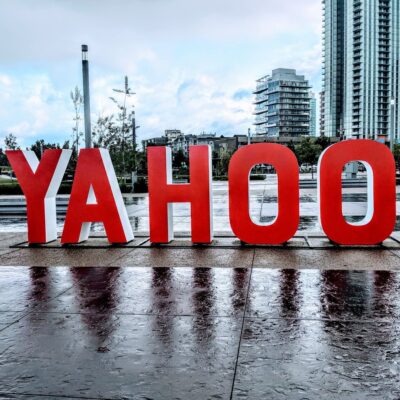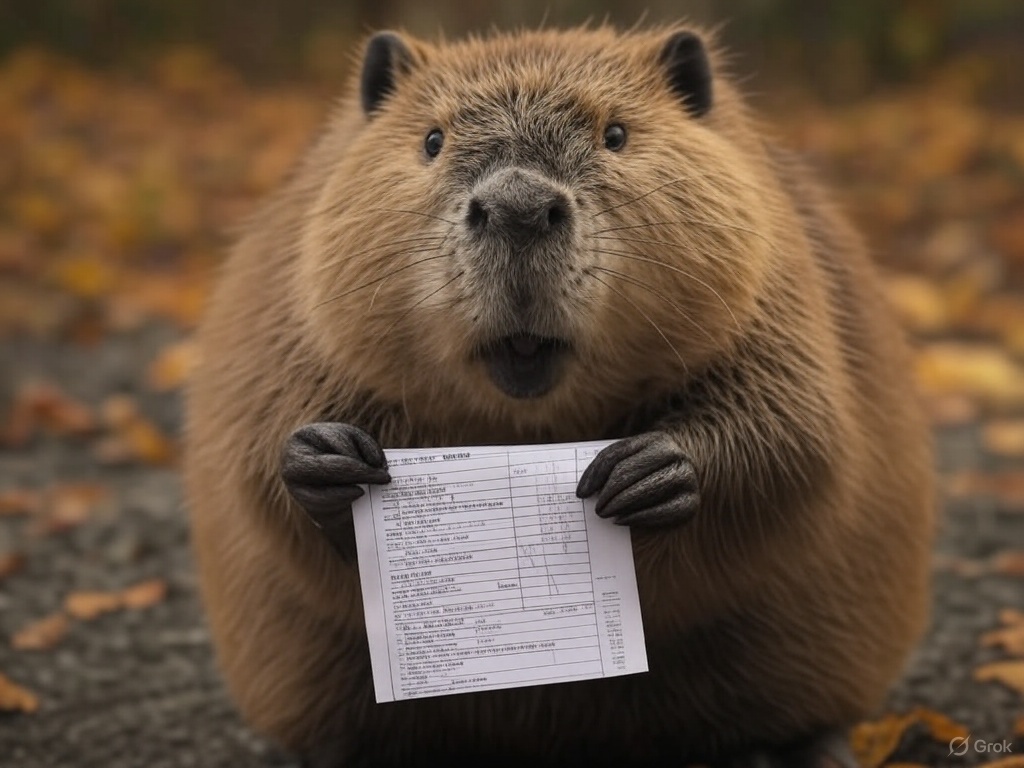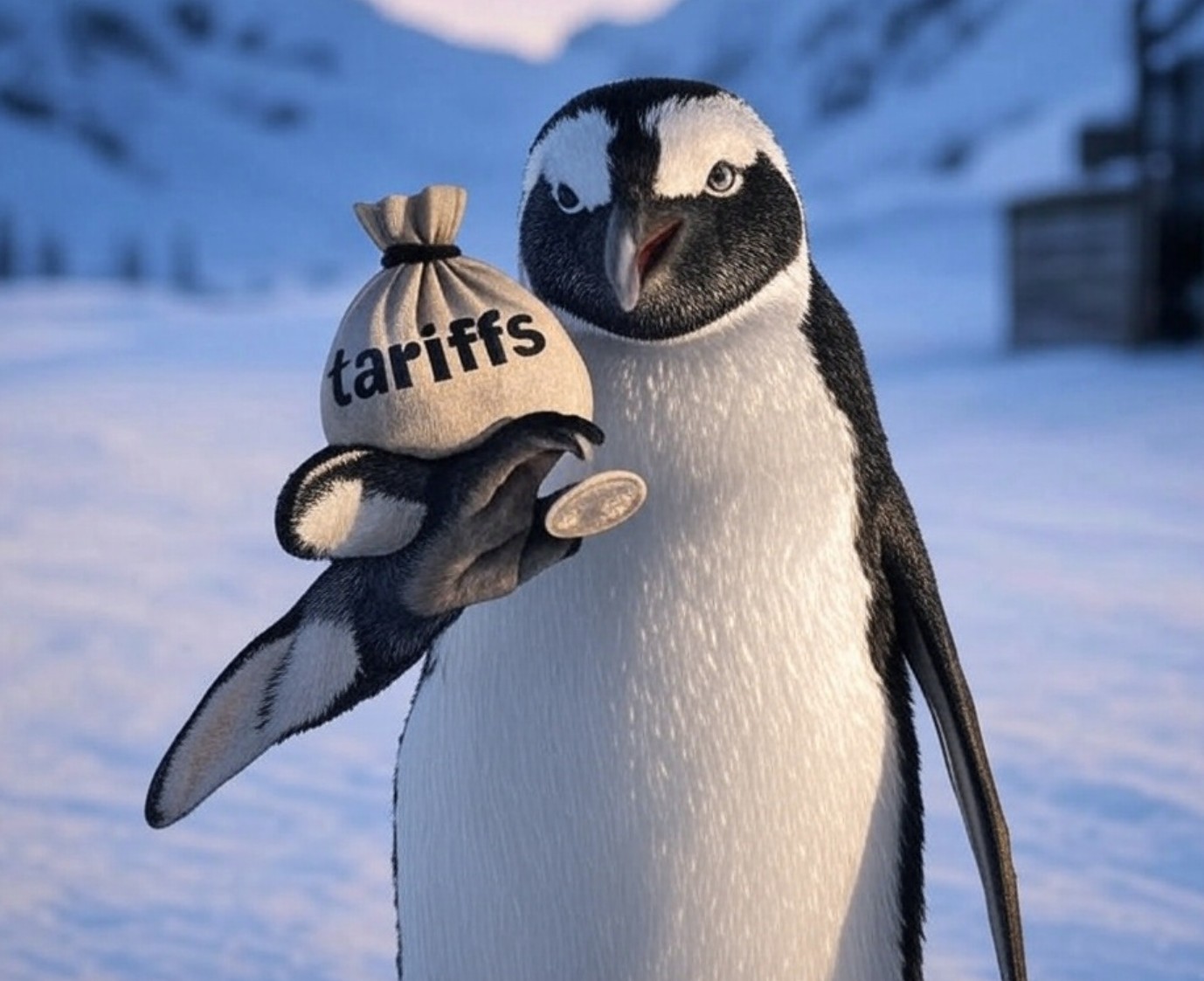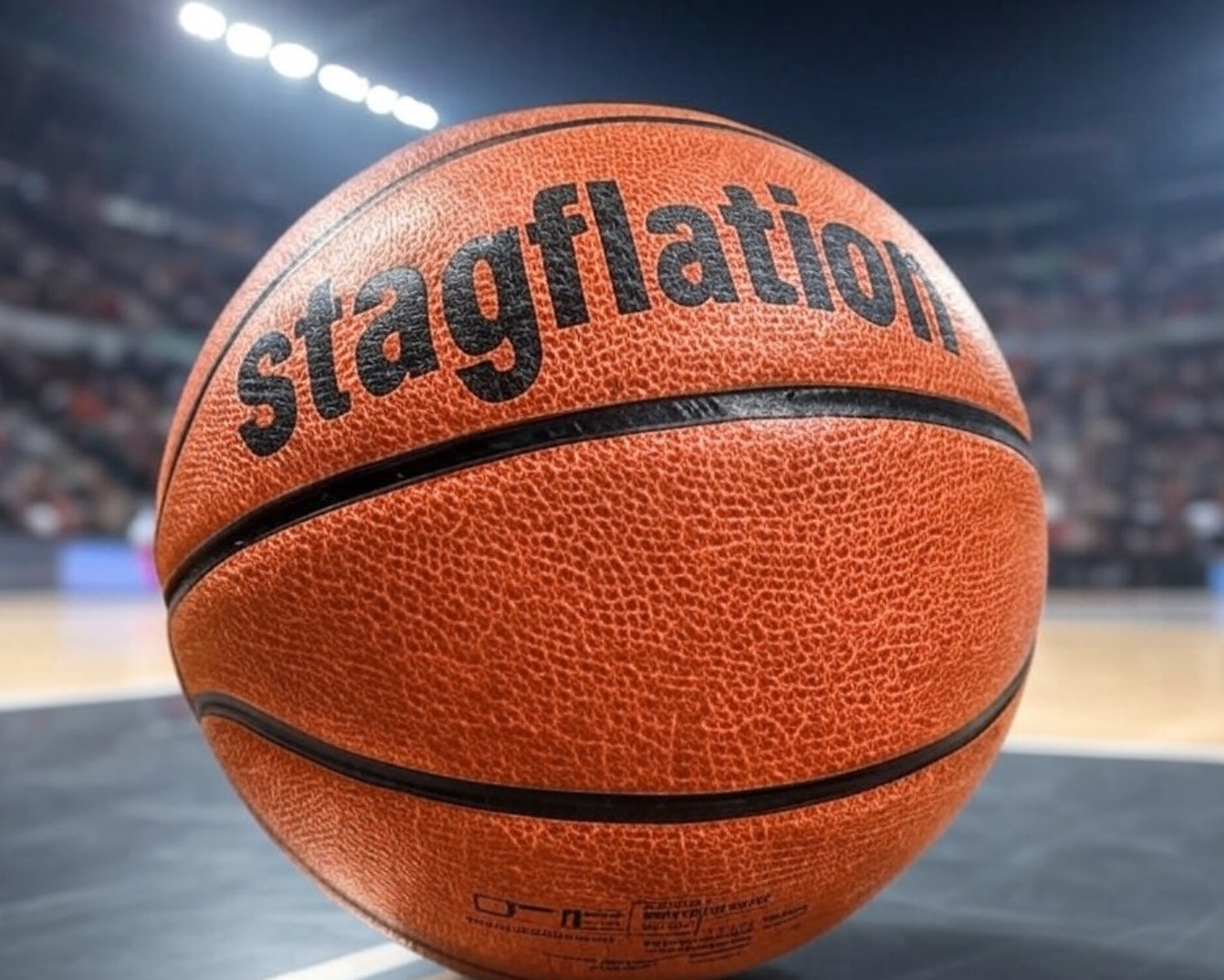Another week, another Pandemic caused moment of weirdness in our already disrupted 2020 lives. If you have been a reader of this column for any length of time you will know that I am, if nothing else, a creature of habit. Certainly when it comes to the themes I apply to my regular columns.
Don’t believe me? You think it’s just some weirdo random walk through the tortured synapses of a brain filled with too much trivia? Well, you’d be partially right. Or mostly right, but there is pattern. And part of that pattern is taking the events of the day or events that happen with regularity and trying to weave them into some type of metaphoric narrative to explain what is happening around the world. The other part is reusing themes to help manage my time and break my writer’s block.
This time of year is a great example of that. It starts around June 22 which by now everyone knows is my birthday, so you get the birthday column. This is followed in rapid succession by the Canada Day write-up and the Q2 Forecast Review and lastly is bookended by some form of lazy take on the Calgary Stampede and how the mood over the 10 days of mayhem can serve as some sort of tortured metaphor for the year that has passed and the year ahead.
Except this year, as we are all painfully aware, that pattern has been most rudely interrupted because there is no Stampede. Or is there? Maybe we just need to dig a little deeper.
First a little background on why this is worthy of a regular column.
One of the simultaneously great and annoying things about living and working in Calgary is navigating the annual all-consuming celebration of fun and cowboy hats that is the Calgary Stampede.
Whether you are surviving double-deep-fried scorpion heads stuffed with Oreos, boiled corn rolled in ground-up spicy Cheetos, mainlining mini-donuts or running the gauntlet of corporate gatherings, Stampede is a unique event to our city.
How unique? Well, it’s got its own language for starters:
“Have you been stampeding yet?” “Sure have, we were at the infield the other day and then were given ‘er at Ranchman’s for a bit. Maybe the grounds on the weekend for the chucks and grandstand and plan on hitting the Stomp at the end of the week.” What?
In addition to being a well-known international tourist attraction, the Calgary Stampede is also a combination of rite of passage and a (mud-spattered) window into how the local economy is doing. It’s both a lagging and leading indicator of the mood of the city and province’s business community in general and the energy sector in particular.
In boom times, Stampede celebrations tend to be lavish, garish and quite often over the top – a true bacchanalian homage to the excesses that everyone associates with a wanton and greedy energy sector.
In down years, the mood is decidedly somber, with many low-key events. The focus is on restraint and charitable contributions and many of the invitations (even the emailed ones!) will be in black and white.
In between, in what I will call the “transition years”, the party struggles to find its footing but never really fails to deliver a robust and entertaining show. And quite often it rains.
Added into the mix is a whole kabuki theatre sideshow of municipal, provincial and federal politicians and leaders all vying for the attention of the media and public at large. They do this by trying to prove their cowboy and Western bonafides by flipping an endless parade of pancakes, exposing for all to see their astonishingly poor fashion choices and delivering tired political messages in a cowboy metaphor infused version of a western drawl.
Seriously though, it just wouldn’t be Stampede without some federal Liberal controversy or another stiff and awkwardly dressed Conservative flipping pancakes and posing for pictures with some children and First Nations people (all in one if possible!) before dashing off to have important closed door conversations with who knows who about whatever. Although interestingly, most politicians fail to grasp that not much gets done during Stampede except parties and that the person they are talking to is most likely well on their way to getting drunk or is still that way from hosting a much more fun party the night before.
At any rate, no amount of politicians flitting around, hosting breakfasts, building up or tearing down the economy and buying boots (seriously, is there anything more annoying than politicians doing their photo op boot purchases and sticking on their market study determined cowboy look?) can change the reality on the ground. The midway, the parties, the attendance, the rodeo, the chuckwagon races, the tarps for sale on the chuckwagons, the grandstand show – these all tell us what may or may not be going on.
Except this year none of that has happened.
We have been on lockdown since March and the Stampede was long ago postponed for the year. It’s sad for sure, the finality of it. Except, but, well – one of the things I have noticed about Calgary since moving here in 1998 (yes, I’m an import) is how resilient this city is in the face of crisis. Whether it’s energy price crashes (late 1990’s, 2008, 2015, March 2020) or natural disasters (see Flood – 2013), nothing seems to keep the city down for long.
Maybe it’s the youth factor, or the entrepreneurial spirit that underpins so munch of the energy space or the irrepressible enthusiasm of an increasingly diverse and dynamic population or maybe it’s a combination of all of it. Or that overused word – maverick spirit. But ever since that day that the Stampede was officially called off you had to know that wasn’t the end of it. A pandemic wrecking our 10 days of summer fun? Good luck with that.
And sure enough it started. At the grassroots level. At the corporate level. In communities and boardrooms.
While we weren’t able to go to over-crowded fair grounds or get together for wild parties or attend massive outdoor concerts and overindulge in cardiac episode inducing fried food, we soon found ourselves able to participate in any number of improvised Stampede’ish things.
The Stampede opened up the fairgrounds for a food truck rally so Calgarians could come through the gates and get their fix of Lemonade Fishbowls, buckets of mini-donuts and corndogs
Local restaurants started selling Stampede in a box Barbecue packages for delivery or pick up, many with proceeds going to charity.
Communities stepped up whether formally or informally to host appropriately socially distanced physical and virtual events. Here where I live we have been doing a “Community Stompede” for several months, which is basically a tour of the neighbourhood to see local artists, musicians and kids strut their stuff. It started small and is now a regular occurrence – currently Western themed – bands in the soccer fields, line dancing in a parking lot and mini chuckwagon races for the kids. Similar events are happening all across the city.
Under newly relaxed patio rules for restaurants all the usual Stampede decorations have been put to good use for dozens of new patios. These decorations and patios will last well into the summer instead of coming down the day after Stampede ends, ensuring at least some spirit rolls forward.
Not to be outdone, Stampede itself has stepped up. Outside of the food truck fiesta and mini-donut drive-thru they have put on fireworks, hosted virtual pancake breakfasts and done drive-thru pancakes (weird I know) and have a few tricks left up their sleeves for the final weekend. There may not have been a grandstand show this year but I know for a fact that the hard-working Young Canadians crew did get an opportunity to perform on stage.
Many companies who would usually host large barbecues and fundraisers at this time of year elected to find a way to do it anyway, even amidst a painful economic downturn.
So what does this all mean, aside from the fact that we like a party as much as the next city?
As a backward-looking thing, it’s hard to glean any real message from this. The tea leaves aren’t saying much. The economic circumstance is just so sudden and jarring that the only message here is that it was cancelled. Without the pandemic, I think this year was going to be a muted but fun affair, as all eyes were on energy. Clearly things changed in a hurry and we adapted.
It is the leading indicator that I am most interested in and what it says about our potential going forward.
First, there was no despair. People found a way to have their Stampede despite the cancellation of the formal event. The spirit and the willingness was there. Judging by the crowds at the food truck rallies, the appetites most definitely were there too.
Second, despite the adverse economic circumstances and the headwinds the energy sector is facing, corporate Calgary was there – not in as overt a way as is typical but in the background, doing small things, donating, supporting the community.
Finally, the politicians for the most part stayed out of the way. Aside from a few platitudes on Twitter and awkward photos they were mostly not to be seen. If this is indeed a leading indicator for the future, I say we are in for an excellent year!
At any rate, from all this I am encouraged. It’s easy to give up when events seem to be at their bleakest but seeing what has been going on in the city these past few weeks it is clear that we will be through this stronger and more focused than we were before. Stampede matters to Calgary. It’s as much a symbol for the city as a strong and vibrant forward-facing economy underpinned by tremendous resource wealth and potential. It’s part of who we are, whether we moved here yesterday or have been here for multiple generations. It doesn’t just stop.
As the official/unofficial slogan for Stampede 2020 says – We Will Ride Again.
Earlier this week, I had lunch the other day with a friend who asked me for some good news because he was feeling a bit down due to the state of the energy sector and the world of pipeline cancellation (apparently I’m considered an optimist!?!).
So we talked about pipelines and politics and how over time this or that other thing might/could or will be bullish for Canada and Alberta over the medium term.
I don’t think I did my job very well. In retrospect the above Stampede stuff is what we really should have talked about. It’s much more uplifting. Regardless of what happens in the market, this is a resilient city. We will bounce back. We already are. Ignore that which you can’t control and be thankful that you live in a place that can get thrown off a bronc by a pandemic and energy price war, pick itself up by its bootstraps and put on a party, no matter how weird or socially distanced or awkward. This too shall pass.
And now we interrupt our regular programming for an important message:
You should all know that I was really tempted to write a long diatribe about pipelines this week, but I elected to keep my happy and upbeat Stampede post. But I just can’t let it pass without some small comment.
What is happening in the United States with projects like KXL and the Dakota Access Pipeline is not just about fossil fuel transportation. It’s about an increasingly vocal, smart and well-financed anti-development movement flexing its legal muscles against an outdated and inflexible regulatory regime to exploit loopholes and provide cover for ideologically driven opportunists to delay and stymie large infrastructure projects. These are the governors and the judges who desperately try to get on the right side of election cycles for personal gain with very little consideration or knowledge of how the world actually works. They can see the political tide shifting and are pushing their agenda accordingly.
And the generally uninformed masses eat it up and celebrate the demise of energy delivery projects because they think that replacements will miraculously appear. Well guess what, those projects are also under siege. That’s the movement. Not change. Denial. Obstruction. Closure.
The main consequence of these delays and cancellations will be an immediate increase in the overall cost of energy and thus cost of living at the tail end of the worst economic downturn since the Great Depression, making the recovery that much harder and longer.
There is no green back up plan for today’s consumer of gas fired electrical power in Appalachia. Denying KXL only forces US refiners to purchase incremental heavy oil they need at a higher cost from Mexico, Venezuela or Saudi Arabia instead of Canada. Shutting down an operating pipeline to restudy water crossings is, in my view, insane. Sure, make them review it, but a pipeline that has been operating safely for three years is probably doing OK. There are real-world implications to stopping portions of the economy on a dime. The suggestion they ship the oil by rail or truck is frankly absurd, both for DAP and Line 5 in Michigan, which is also under attack, the halting of which has the potential to hike gas prices massively in Central Canada and the Midwest, again, just as the economy starts to sputter awake.
These moves do nothing but weaken North American energy independence. Stealthily, gradually and insidiously. At a time when as a collective economy we can least afford it.
As Canadians we cannot ignore what is happening in the United States and we need to take steps to secure our economic future and critical infrastructure and step one is to stop relying on the capricious whims of an increasingly unpredictable neighbour who, let’s face it, has their own issues to deal with.
The UCP re-upping its commitment to the Petrochemical sector is an important step in that direction. Getting our own infrastructure completed is as well.
Isn’t it ironic that the TransMountain Expansion and Coastal Gaslink are the only transportation projects that are currently on track and have the likeliest prospect of completion. And why is that? Both are contained within Canada and are under our regulatory control.
Not sure that is the legacy Trudeau was looking for, but it’s the one he’s going to get (provided he is in office long enough!). And for that, I guess here in Calgary we should be happy. Ish. The world is indeed a weird place.
Happy Stampede!
Office Cat
I think it’s safe to say this is officially done. Good while it lasted.
Stormont Capital Crude Coffee
After a refreshing break we are BACK ON tomorrow folks. Should be fun. Fair Deal, economic recovery, you name it. I’m refreshed and feisty!
Email me if you want to participate at sparnell@stormontcapital.com
Prices as at July 10, 2020
- Oil
- Oil storage was… up! (kind of expected – does no one read the news?)
- Production was … FLAT?
- OPEC+++++ agreed to maintain cuts
- Natural Gas
- Storage was up, historically very high; consumption down; production flat; exports flat.
- WTI Crude: $40.53 ($40.23)
- Western Canada Select: $32.54 ($31.35)
- AECO Spot: $1.763 ($1.59)
- NYMEX Gas: $1.832 ($1.762)
- US/Canadian Dollar: $0.7365 ($0.7358)
Highlights
- As at July 3, 2020, US crude oil supplies were at 539.2 million barrels, a increase of 5.7 million barrels from the previous week and a increase of 80.2 million barrels from last year.
- The number of days oil supply in storage is 38.6 compared to 26.5 last year at this time.
- Production was unchanged for the week at 11.000 million barrels per day, which of course we know is impossible. Production last year at the same time was 12.300 million barrels per day.
- Imports rose to 7.394 million barrels from 5.969 million barrels per day compared to 7.302 million barrels per day last year.
- Crude exports from the US fell to 2.387 million barrels per day from 3.092 million barrels per day last week compared to 3.048 million barrels per day a year ago
- Canadian exports to the US fell to 2.918 million barrels a day from 3.154 million barrels per day last week
- Refinery inputs increased during the current week to 14.347 million barrels per day
- As at July 3, 2020, US natural gas in storage was 3,133 billion cubic feet (Bcf), which is 17% above the 5-year average and about 28% higher than last year’s level, following an implied net injection of 56 Bcf during the report week
- Overall U.S. natural gas consumption rose 9.8% during the report week.
- Production was down 0.3% for the week. Imports from Canada rose 13.0% from the week before. Exports to Mexico were up 6.4%
- LNG exports totaled 25 Bcf
- As of July 10, 2020, the Canadian rig count increased 8 to 26 (AB – 16; BC – 6; SK – 2; MB – 0; Other – 2). Rig count for the same period last year was 58.
- US Onshore Oil rig count at July 10, 2020 is at 181, down 4 from the week prior.
- Peak rig count was October 10, 2014 at 1,609
- Natural gas rigs drilling in the United States is down 1 at 75
- Peak rig count before the downturn was November 11, 2014 at 356 (note the actual peak gas rig count was 1,606 on August 29, 2008)
- Offshore rig count was unchanged at 12.
- Offshore peak rig count at January 1, 2015 was 55
US split of Oil vs Gas rigs is 70%/30%, in Canada the split is 66%/34%









